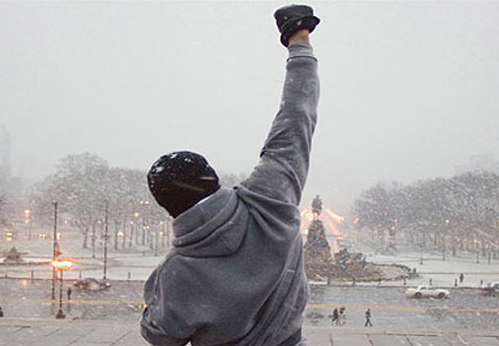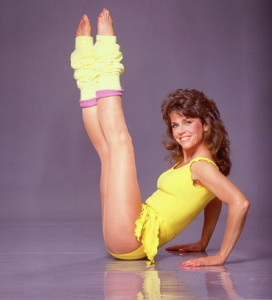What makes us believe in someone?
What makes someone believable?

Conviction and Confidence
Remember Rocky Balboa? When I think back on that movie, and Rocky going all the way, it engages me on a visceral level. When I hear Tony Robbins speak, or even my son talk animatedly about some arcane rule in his latest video game, I wonder what’s happening inside of me for their words to compel me to rally behind them?
Blame it on biology. Blame it on our mirror neurons—an area in our brain that makes us react to emotions and actions in other people. That’s why we jump back in our seat when someone gets slashed in a scary movie. That’s why we cry when we hear someone tell a heart-wrenching story. We can’t help it!
And that’s why we are drawn to people who speak with conviction and confidence. People want to align themselves with someone who is assured and knowledgeable, who can direct, advise and lead them to the best solution or action.
Think about that in the business world…
Who do you listen to and whom do you actually hear? I bet it’s the person who speaks with confidence, whose facial expressions and body language demonstrate that confidence.
What does it sound like?
Confident people have a tone that says, “You definitely should listen to me.” Usually the word entitlement has a negative connotation, but in this case, it applies perfectly. They speak in a manner that assumes that the other party will want to hear their words.
It’s someone who allows emotion to come out in their voice, when the situation warrants it. When the emotion, the conviction, is directly connected to the words, the message is amplified. It’s magic. Keep an eye on the reactions of your audience, though – it’s a balancing act of too much or too little.
What does it look like?
Confident people have a “larger” body position (anything that makes the posture taller and bigger). Also, when you change your body position—lean in or lean back—those mirror neurons react, and the other party will do what you do. Use this technique when you want to lock in someone’s attention, or alert them to a change in topic or intensity.
Eye contact adds strength to your words. More magic. People pay attention when you look them in the eye.
Give it a try.
Practice. Video yourself speaking while you practice these skills, and then watch the video of yourself. That’s the best way to improve. “Fake it ‘til you make it” directly applies here! I say this with complete confidence and conviction, because it worked for me.
Book Nikki to speak or present at nikki@goal-tender.com

 Why? Because open body positions actually change the chemistry in our bodies, which makes us feel more confident and powerful.
Why? Because open body positions actually change the chemistry in our bodies, which makes us feel more confident and powerful.








